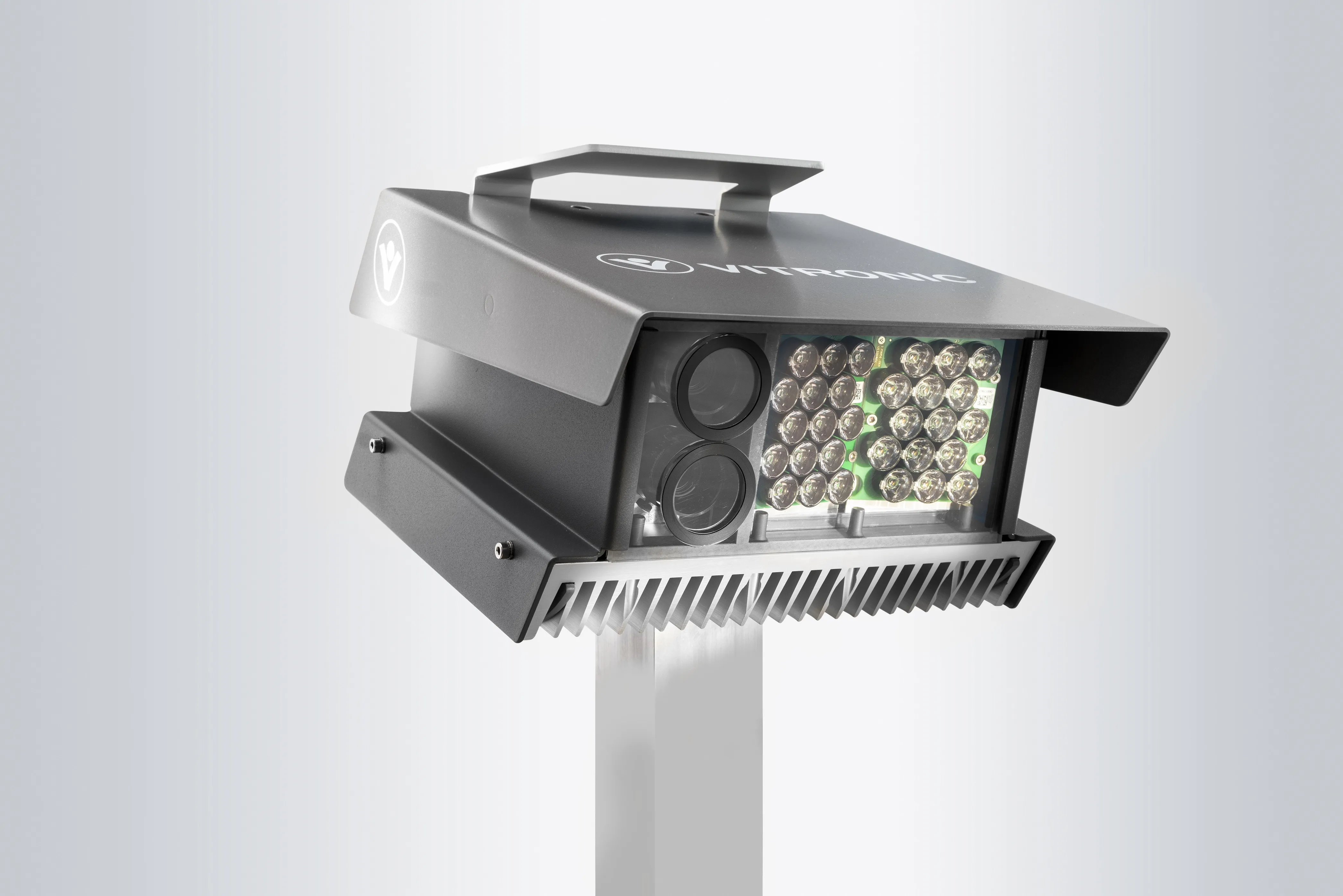The CarSense CS303-L Logic Interface from
While the new sensor is less intrusive then an inductive loop and requires less maintenance, the CS303-L logic interface allows users to configure it as a single or two-channel inductive vehicle detector. The ability to operate the CS303 in a closing loop, vehicle counting and other inductive vehicle detector applications, while also allowing detect on stop and detection axis optimisation, makes it suitable for parking and access control.
The sensors can be retrofitted in an old inductive loop cut or over the existing loops without any interference and rebar has no operational influence on the magneto-resistive sensors.
EMX launches new loop-less vehicle detector
The CarSense CS303-L Logic Interface from EMX Industries expands the application of CS303 magneto-resistive vehicle sensors into single, two channel and directional detection installations.
January 12, 2017
Read time: 1 min









